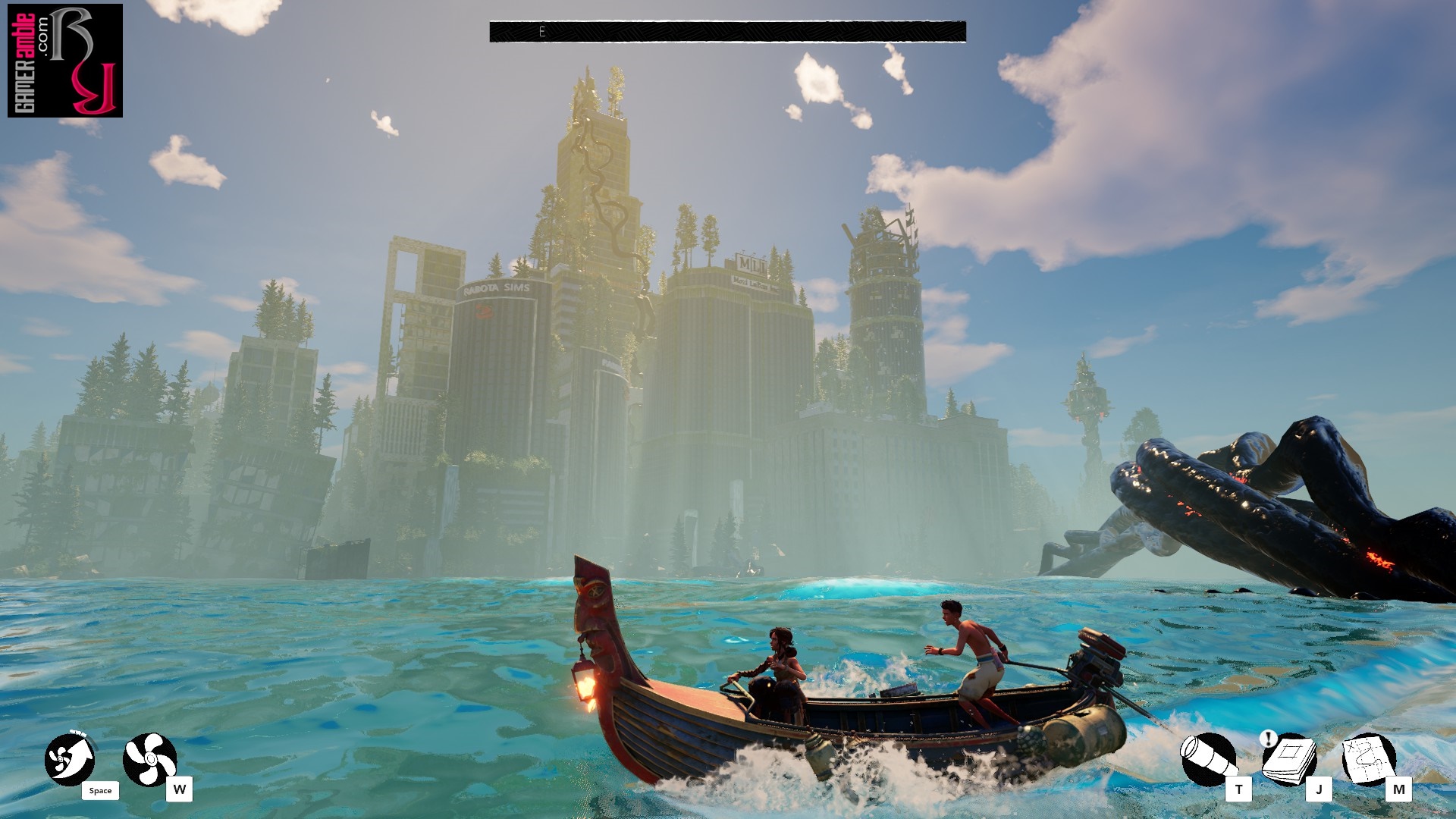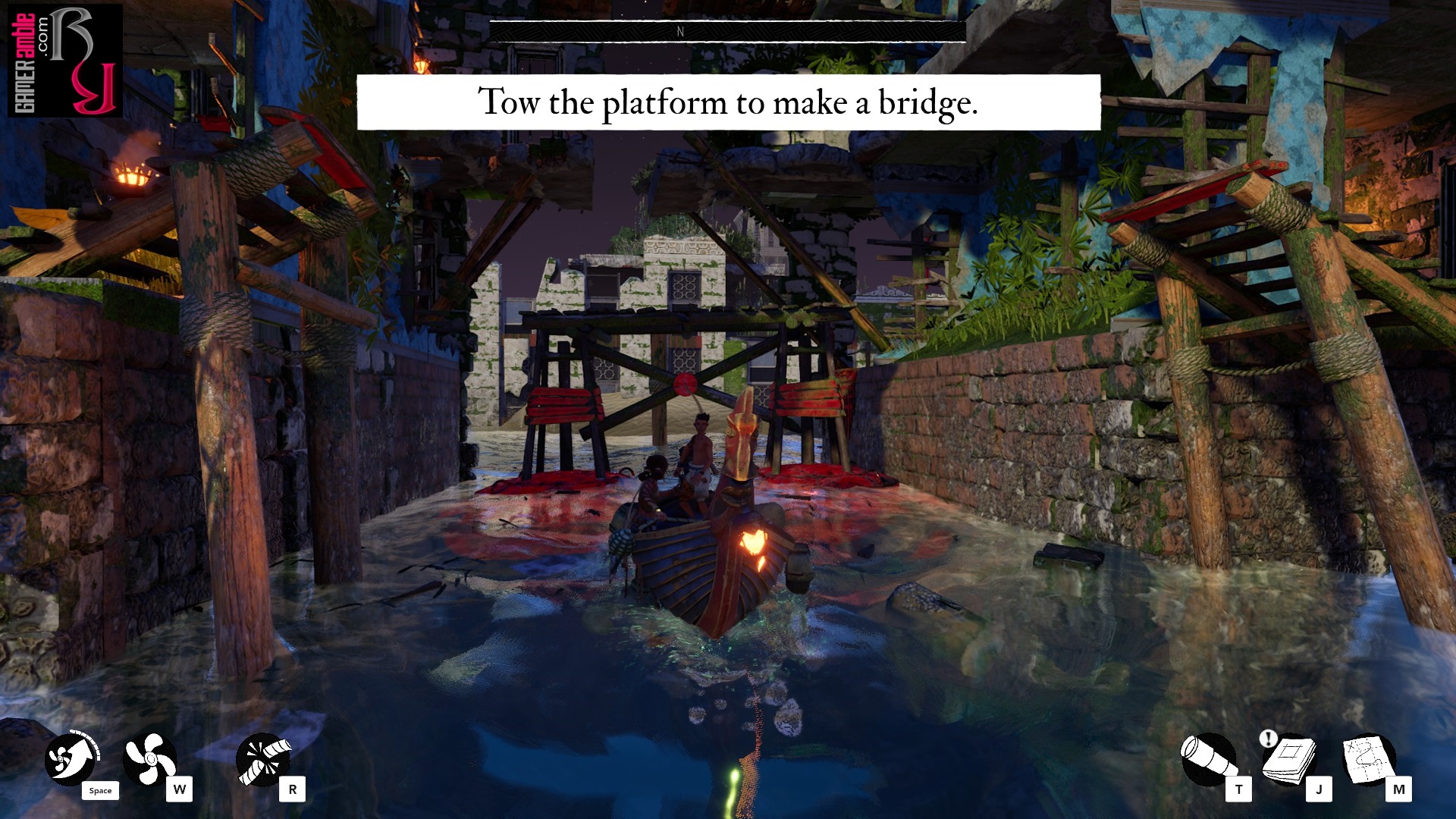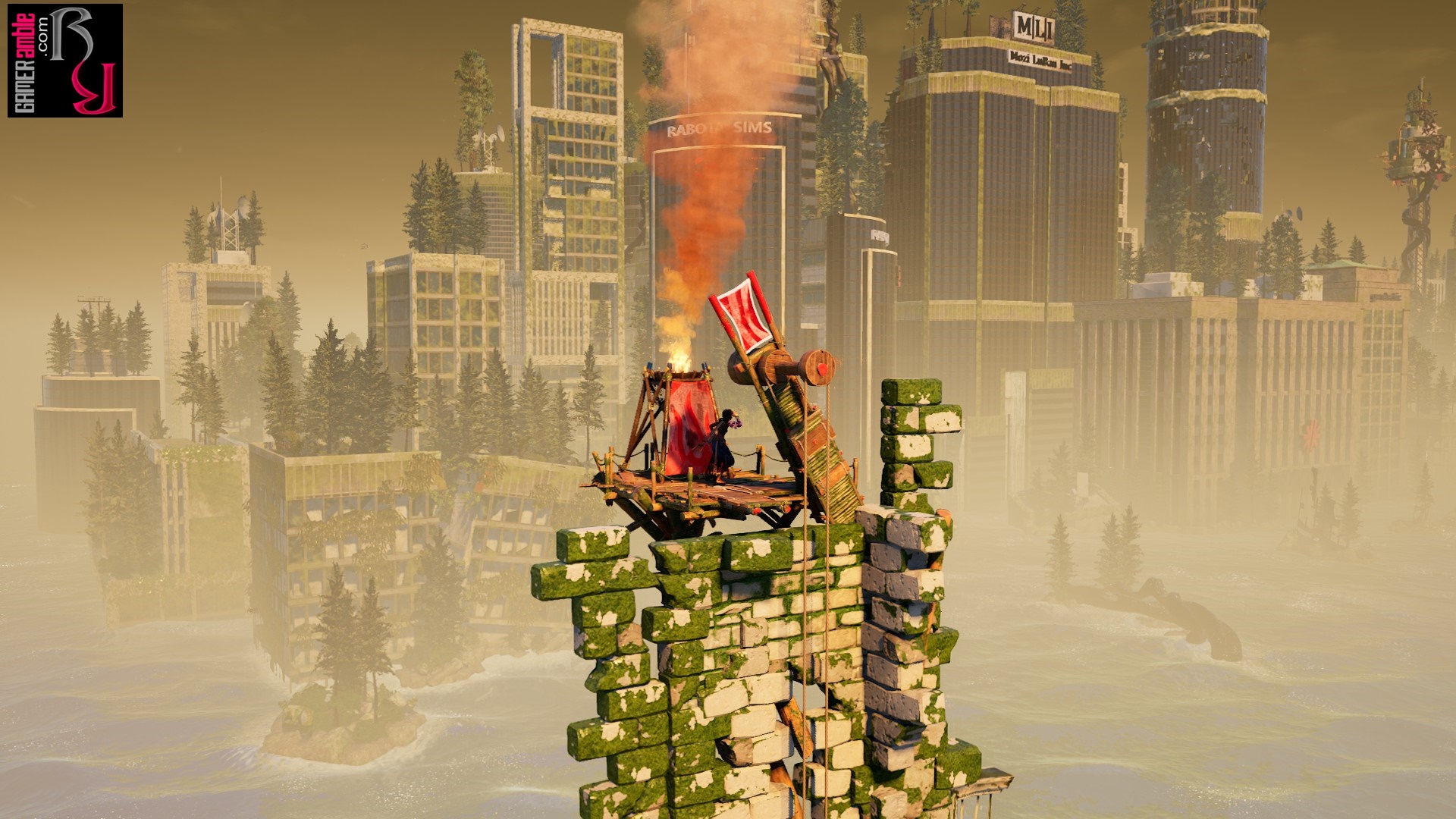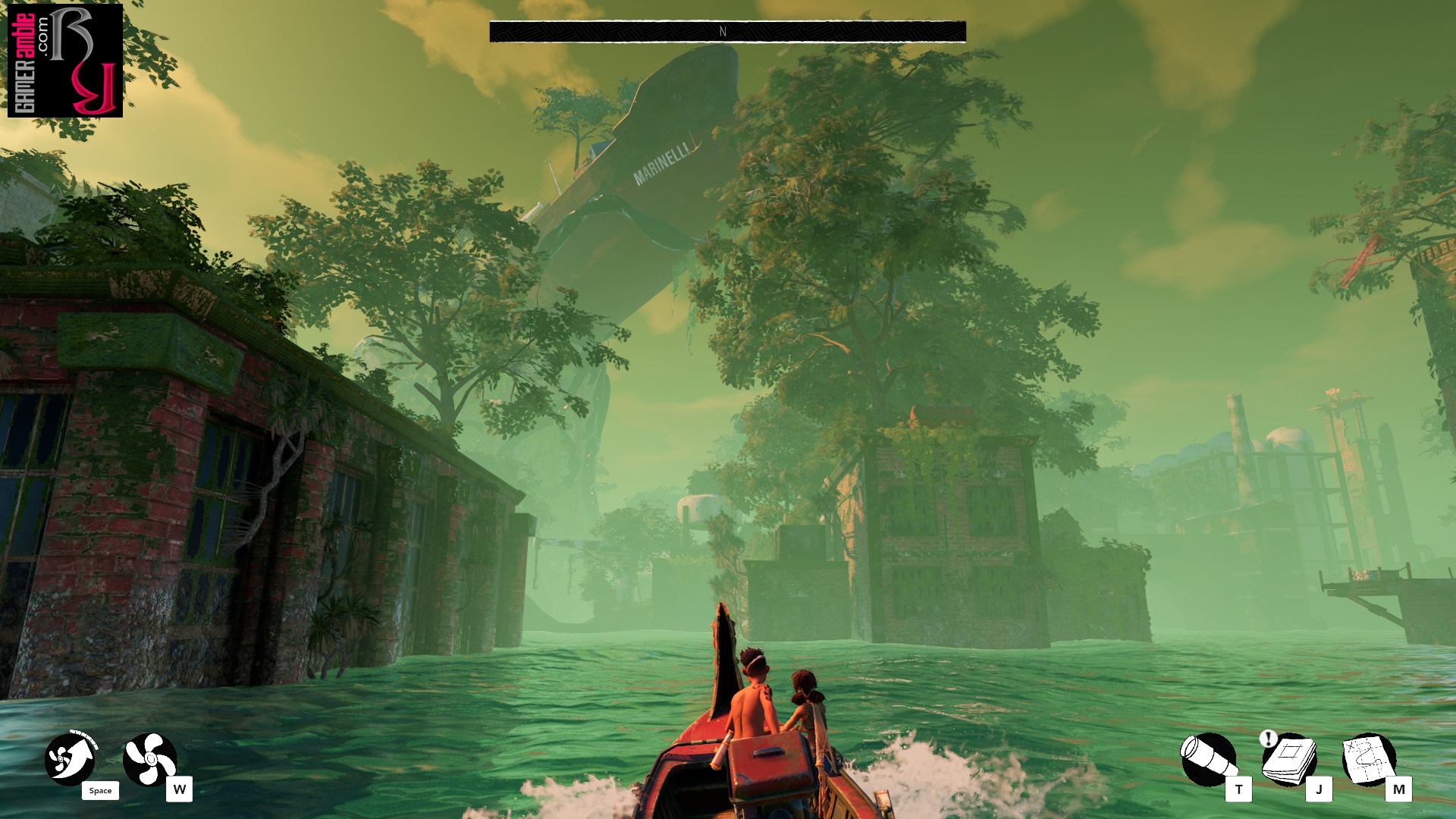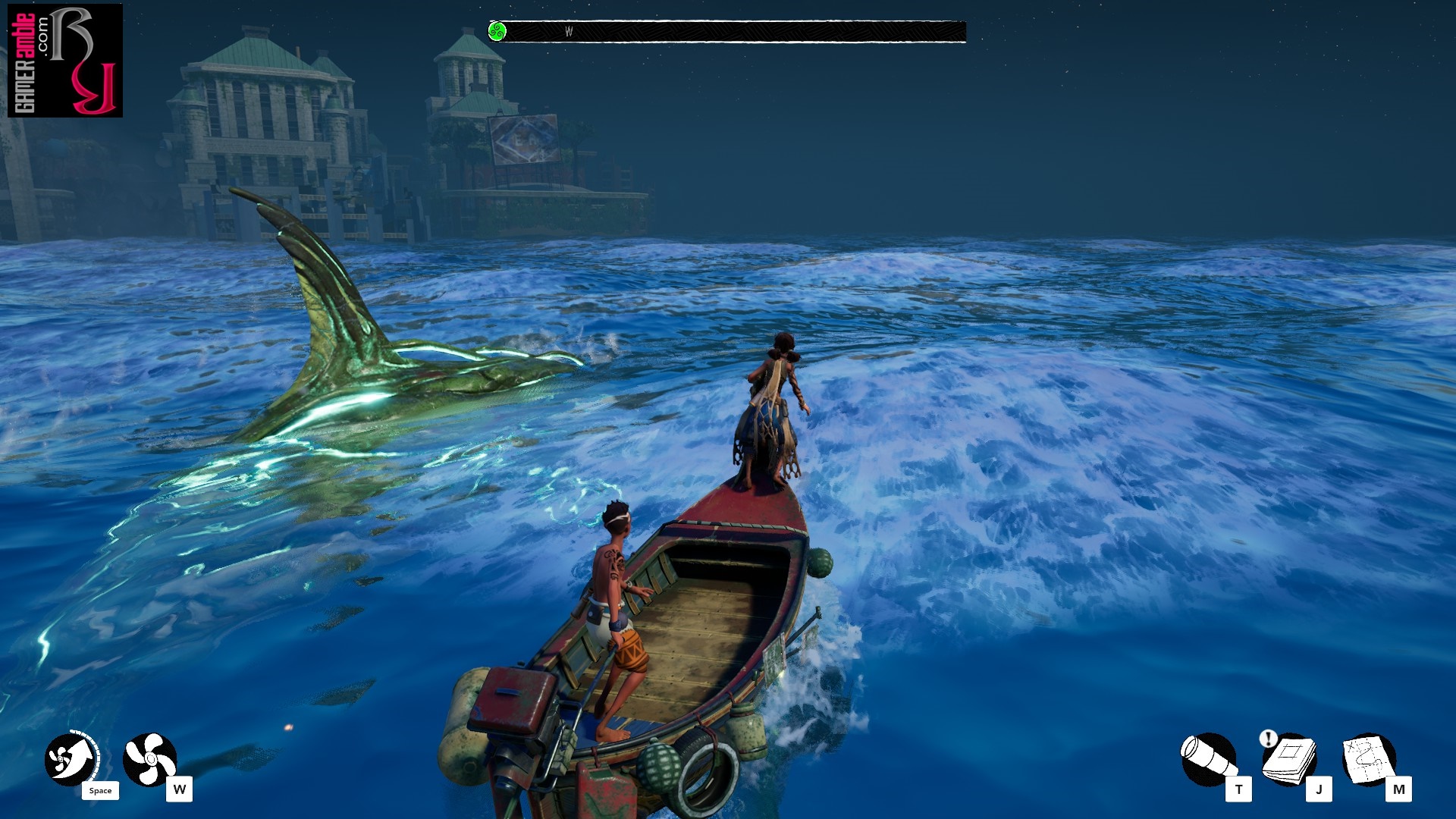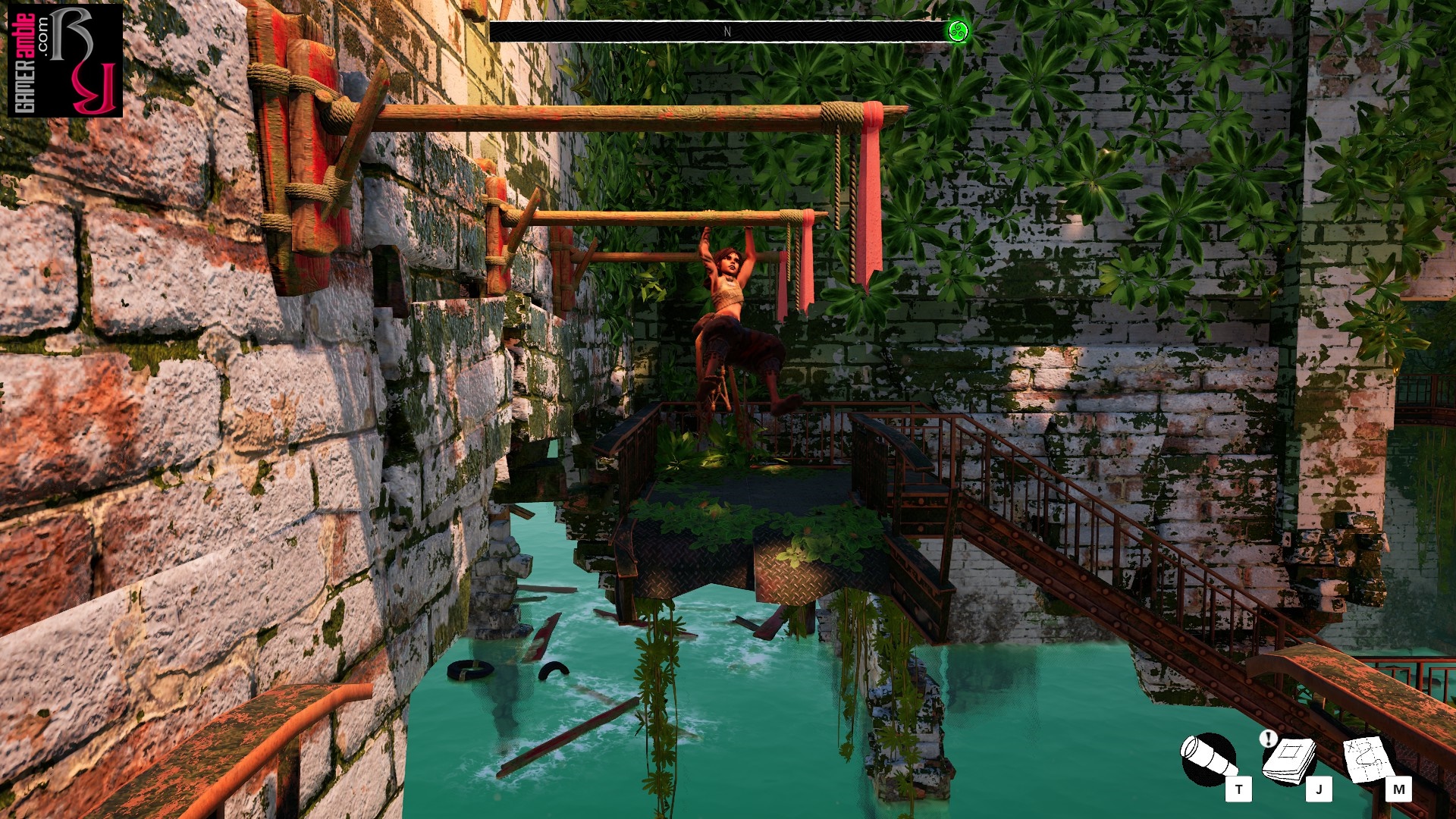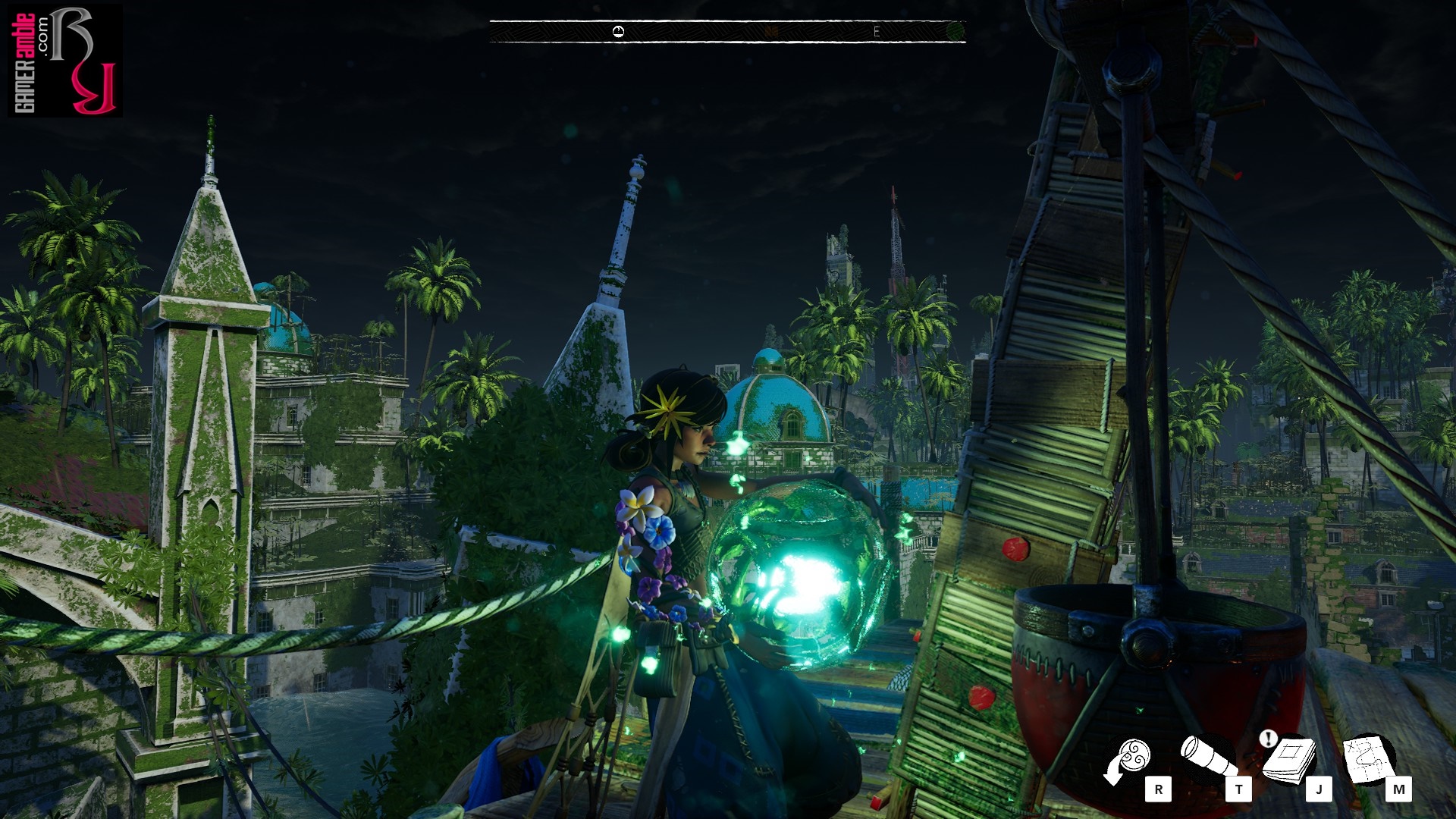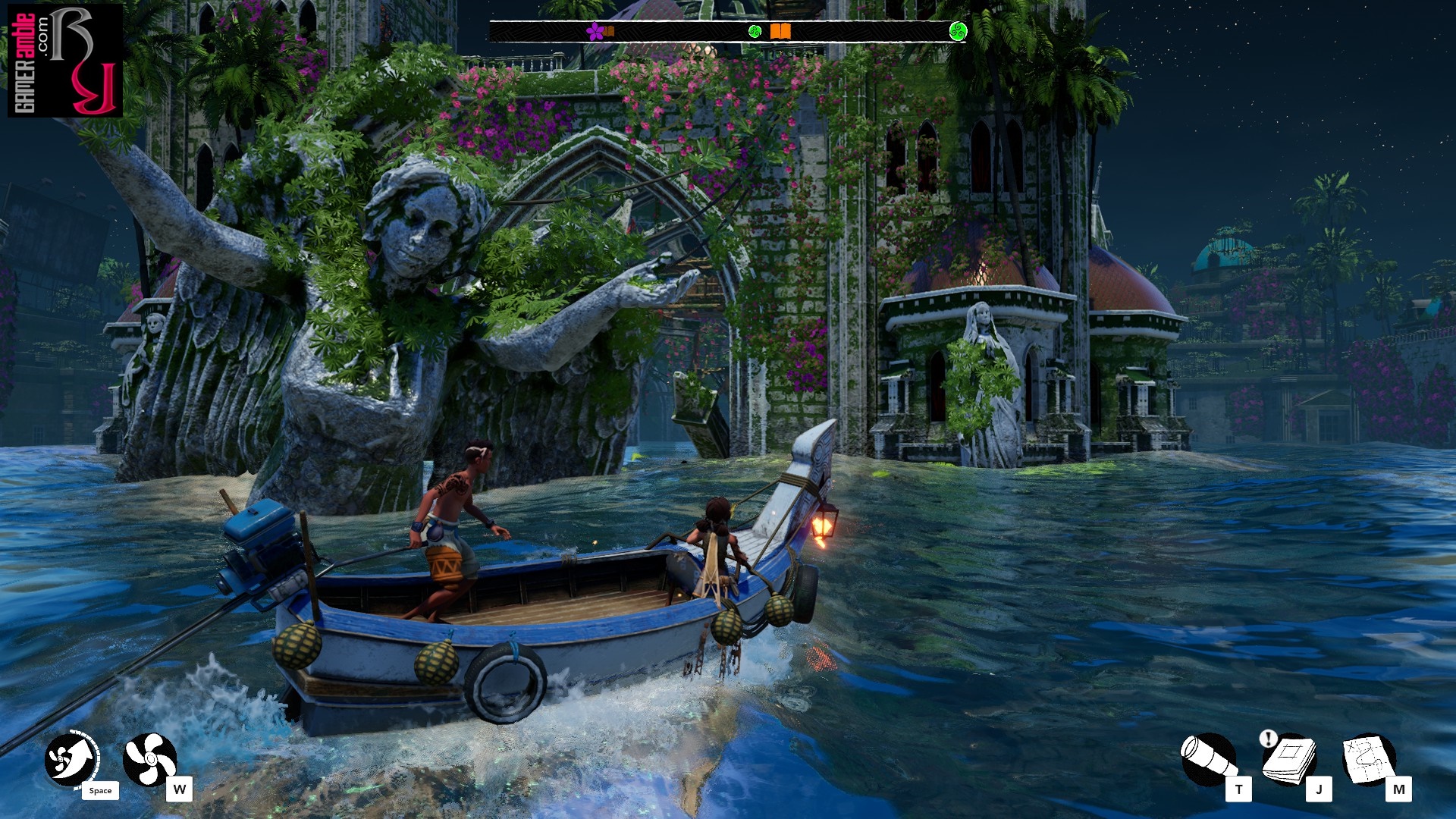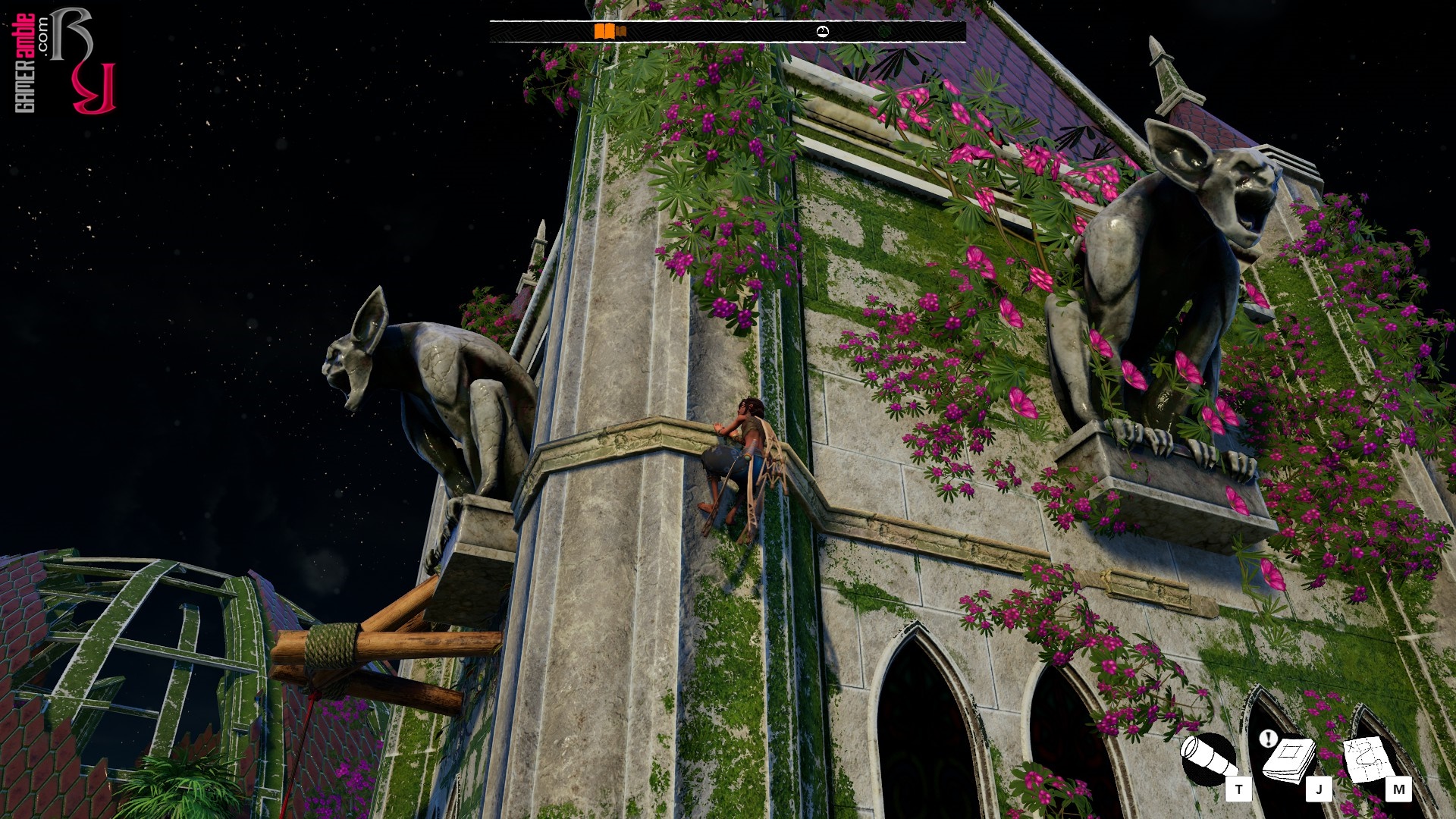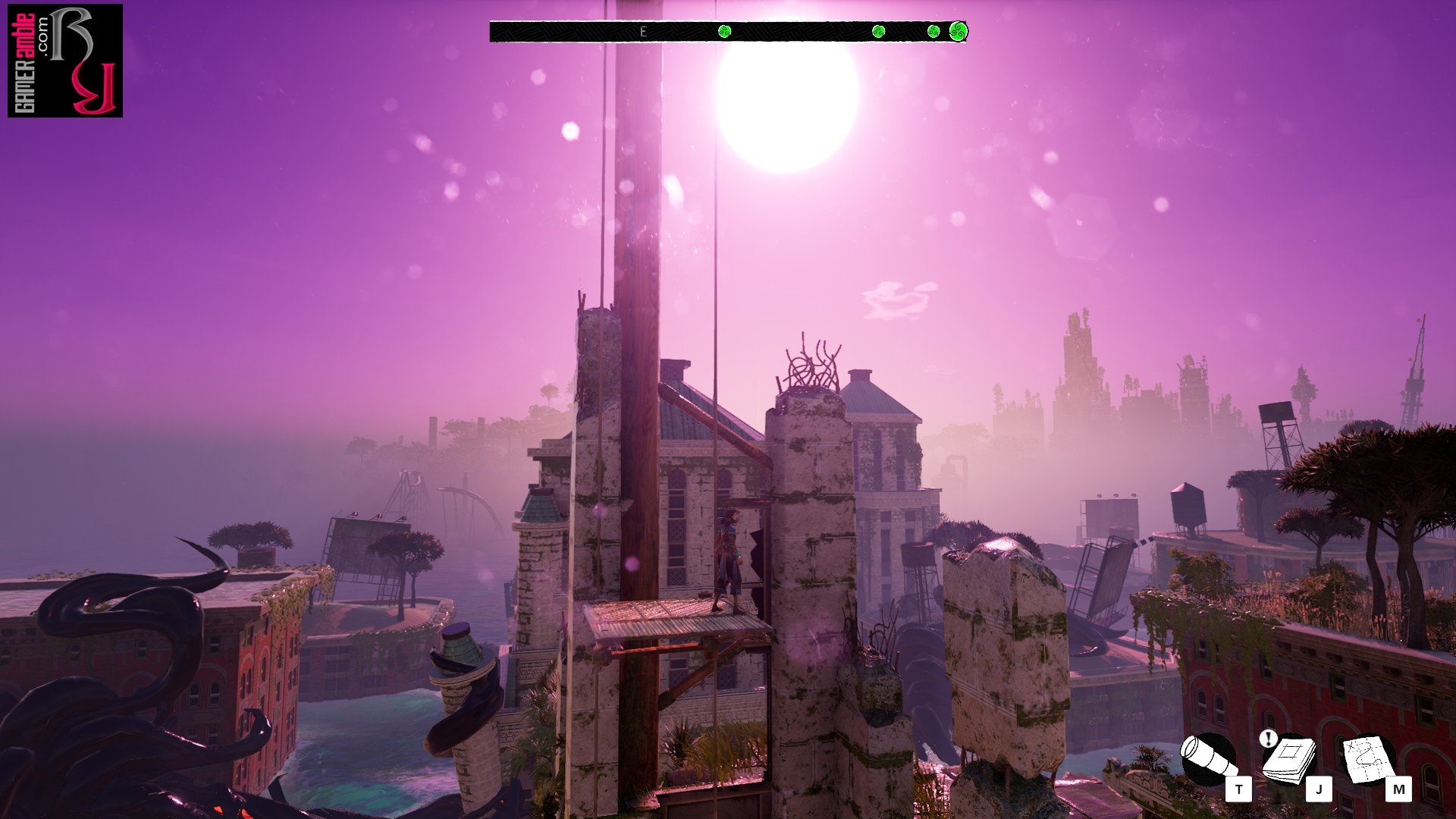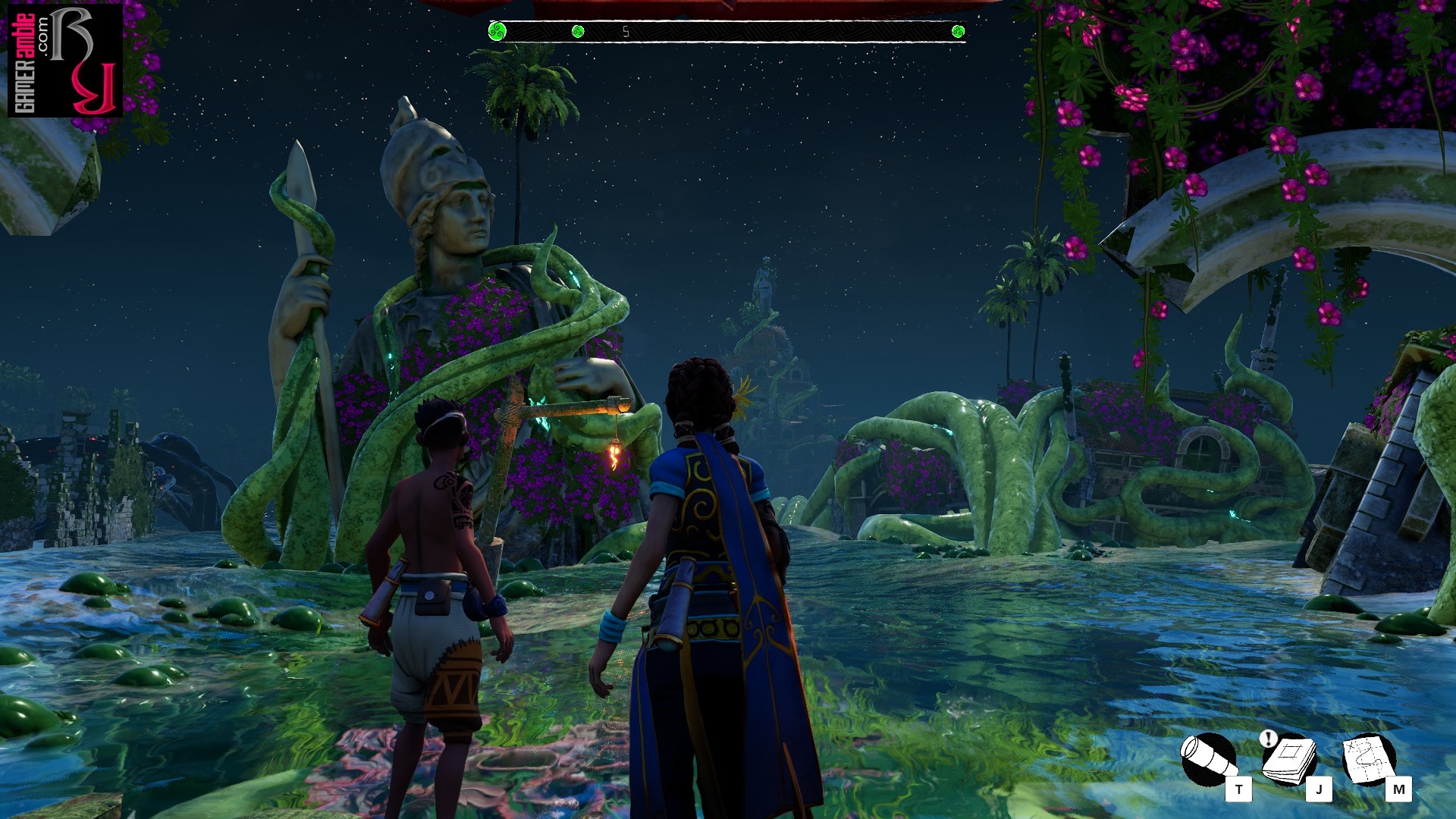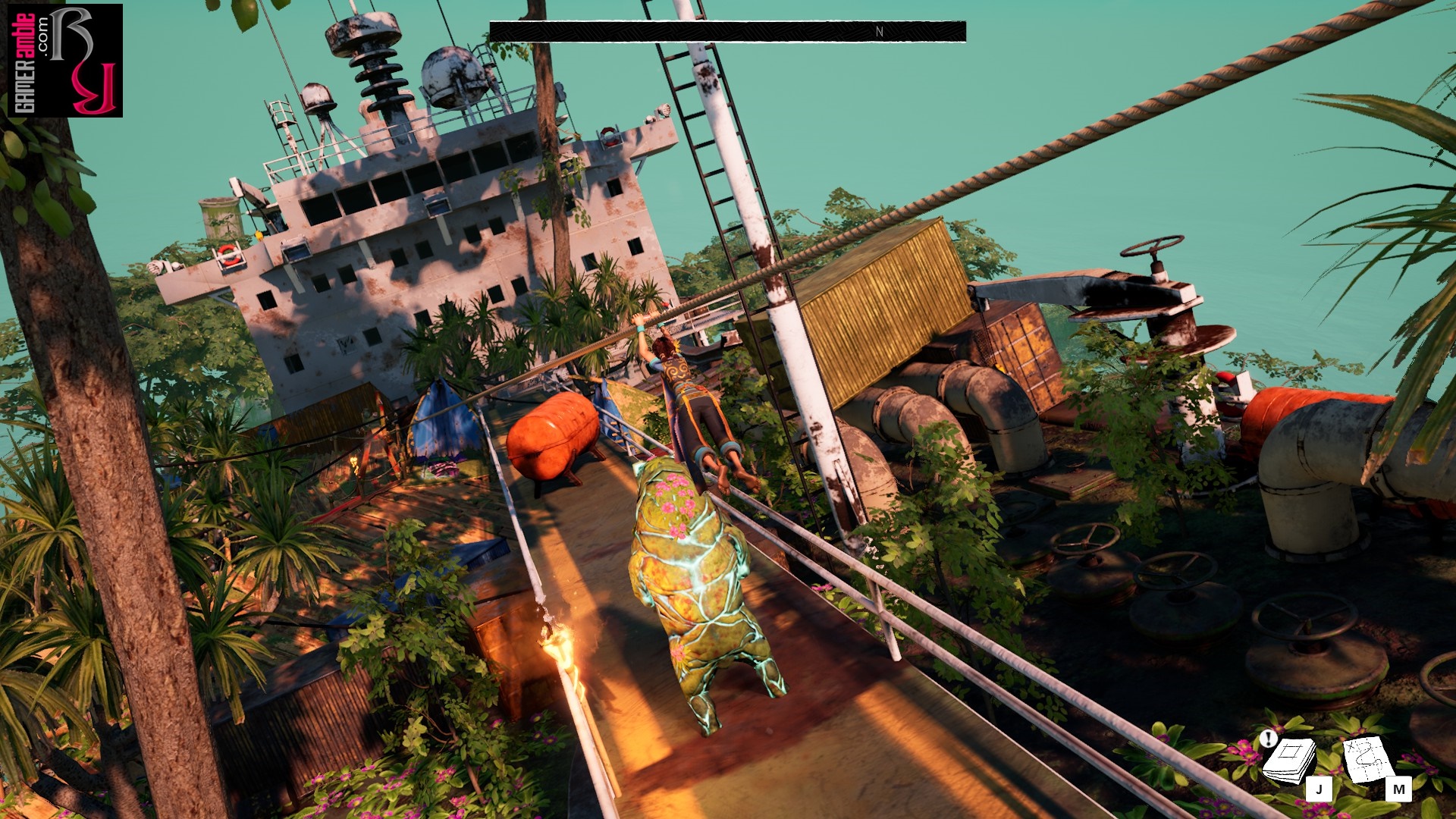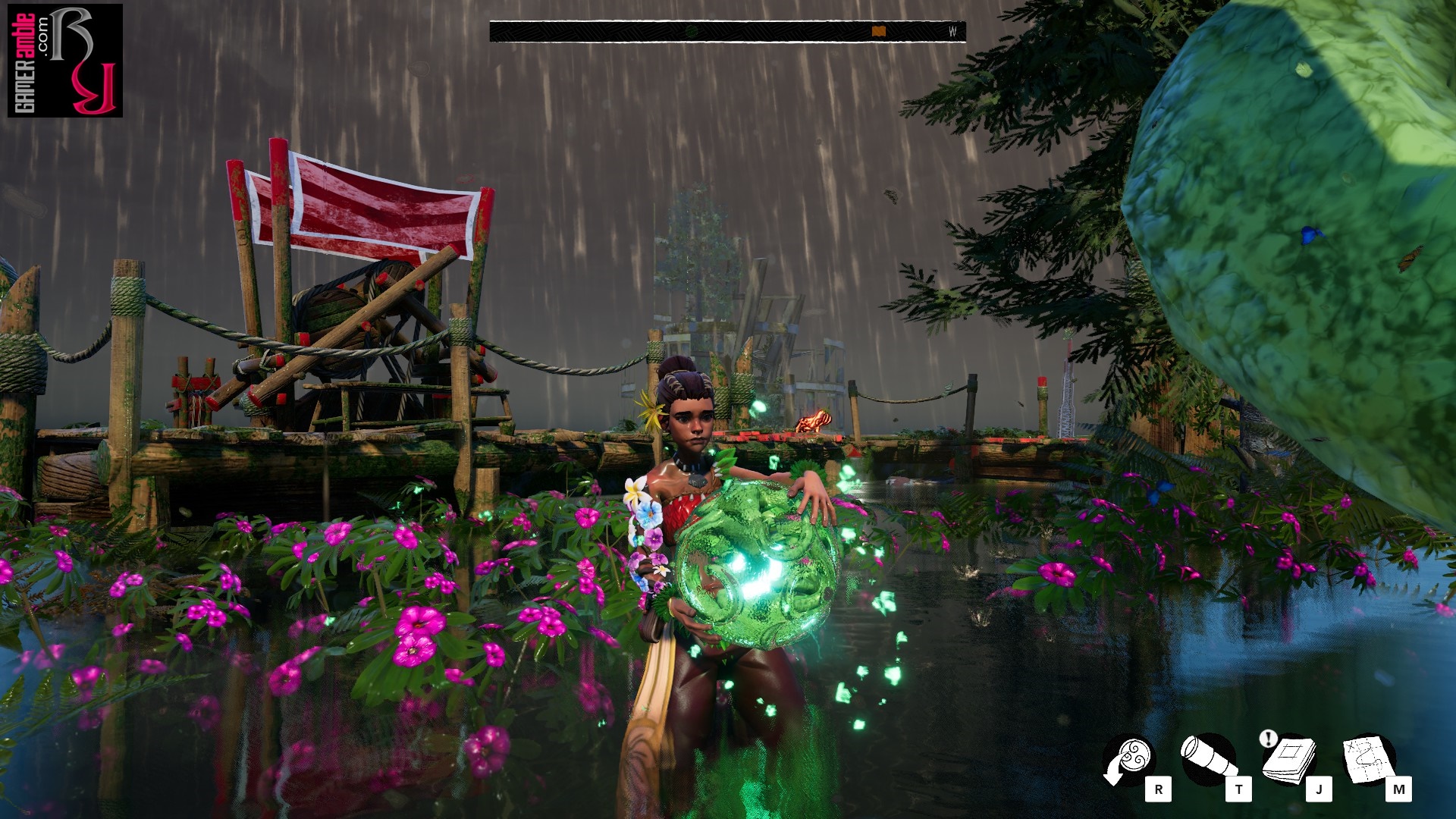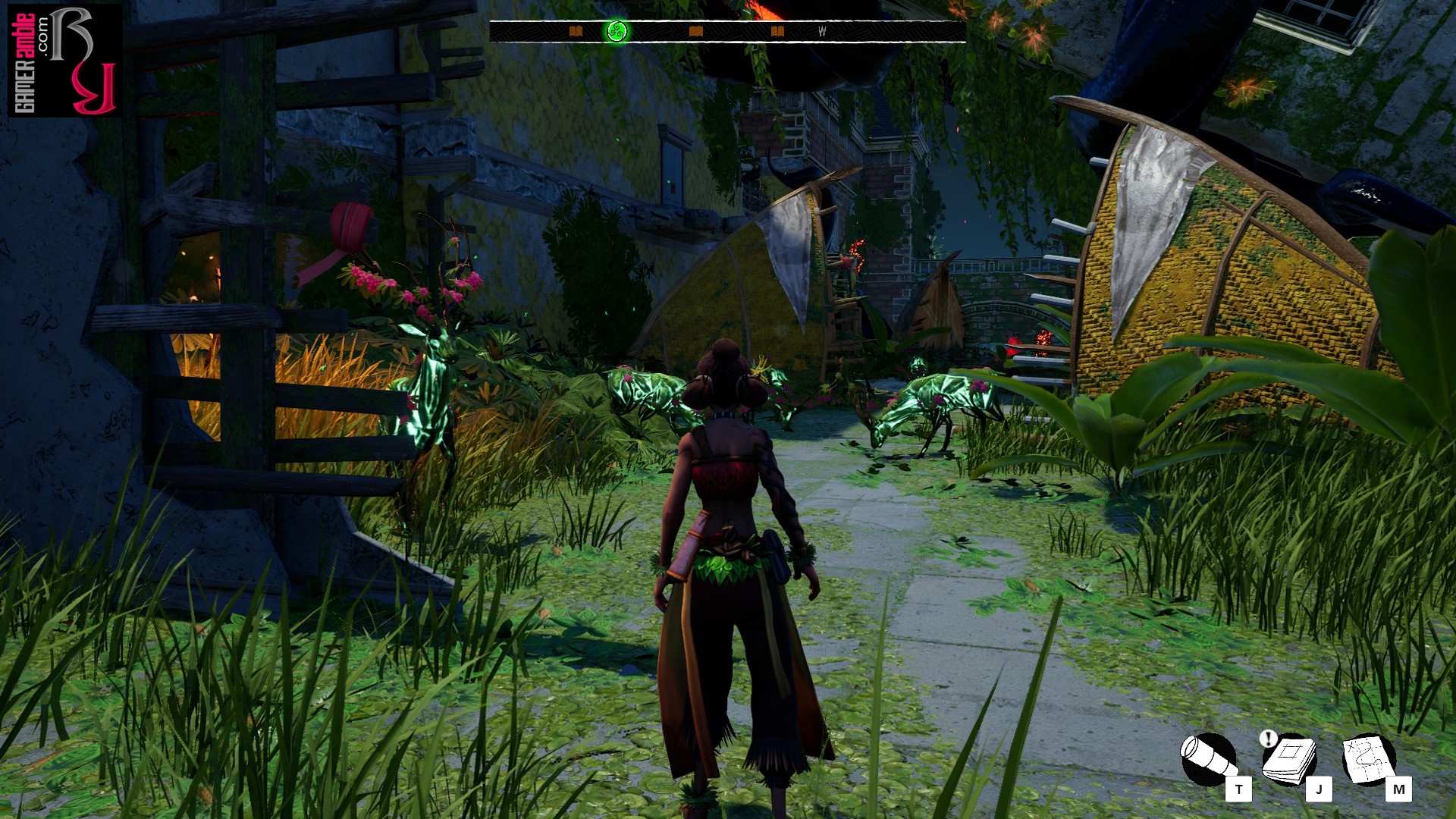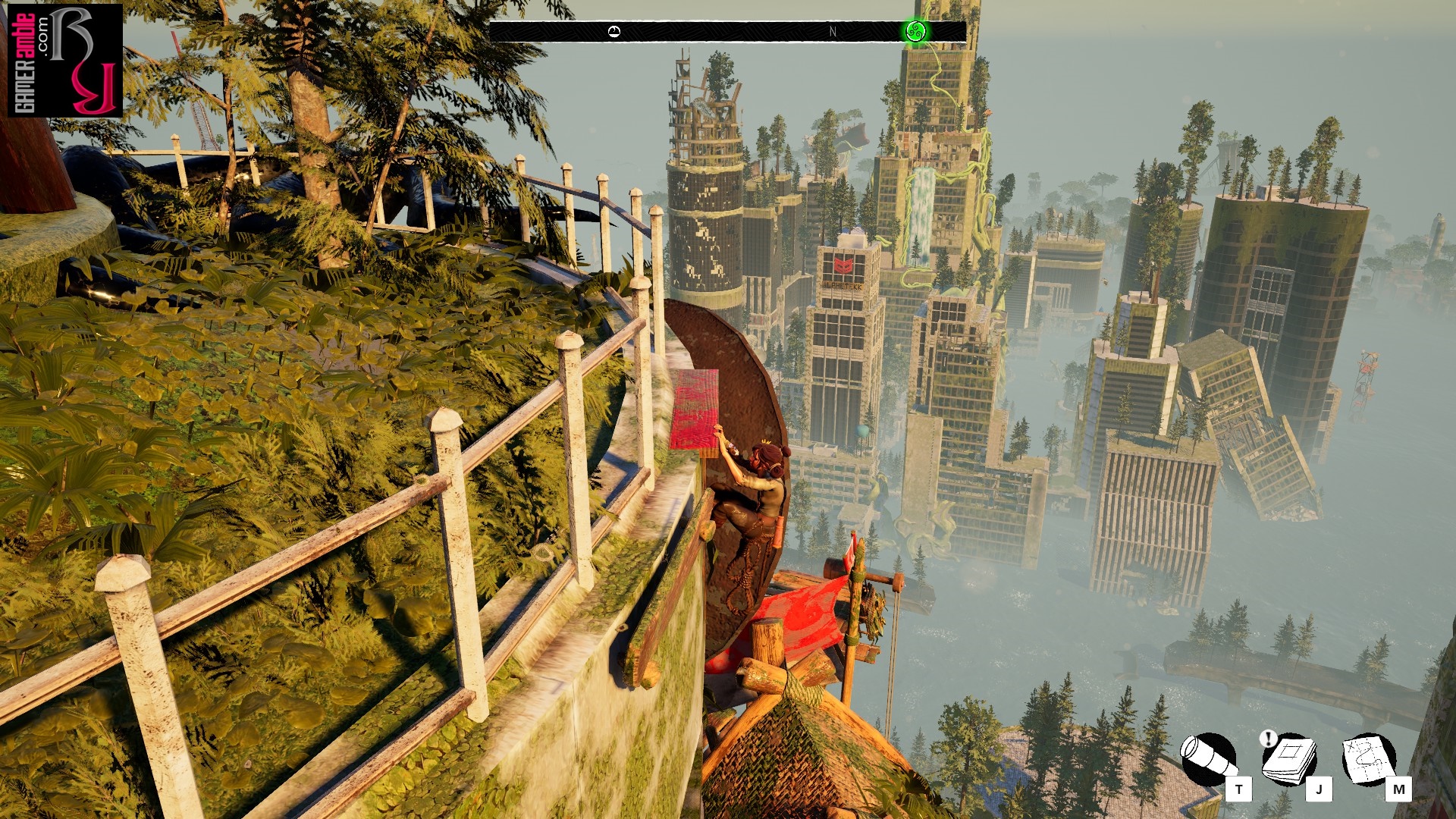Submerged: Hidden Depths
Developer: Uppercut Games Pty Ltd | Publisher: Uppercut Games Pty Ltd| Release Date: 2022 | Genre: Exploration / Adventure | Website: Official Website | Purchase: Steam
Back in 2015, Uppercut Games introduced players to Miku, a young girl trying to save her injured brother in a world where water has replaced most of the solid ground. Despite the somewhat melancholic mood of the game, it was beautiful for its time and offered a relaxing change of pace compared to other third-person titles. The focus of Submerged was very much on exploration, and the game went out of its way to make it as accessible and stress-free as possible for players. Submerged: Hidden Depths follows closely in the footsteps of its predecessor by offering more of the same along with plenty of refinements.
Submerged: Hidden Depths appears to take place a few years after the original game’s events as an older Miku and completely recovered Taku arrive in a new area. While the world is still submerged in water, there is also a new threat in the form of the mysterious “black mass.” Not only does it look like oily vines that wrap themselves around the ruins of the old world, but it also corrupts everything it touches. Fortunately, Miku seems to have some connection with it as she is able to purge the black mass and heal the world, but this talent has also made her an outcast. So, as Miku and Taku arrive in what they hope will be their new home, the pair embarks on a mission to heal the surrounding areas by eradicating the black mass.
After a brief tutorial that teaches players how to use special seeds to clear the corruption, the world of Submerged: Hidden Depths is opened up for them to explore as they see fit. Miku and Taku make their home in The Dome, located in the center of the map, and surrounding them are the ruins of nine other structures where seeds can be found. Players can visit these ruins, which consist of a public library, cathedral, gardens, condominiums, and more in any order. However, many other smaller structures dotted around the map are also worth a visit for the journal pages that they hide. These flesh out more of the story about what happened to the siblings and their world, plus they provide a great excuse for exploring more of the map. The map in Hidden Depths is larger than that of the original game and packed with more things to see and do. Along with animals to discover, players can also search for the aforementioned journal pages as well as flowers, relics, landmarks, lookouts, and upgrades. These are all purely optional but well worth seeking out as the main quest is relatively short.
From a gameplay perspective, Hidden Depths still keeps everything as accessible as possible. The game is split into exploration by boat, as well as on-foot traversal of the various ruins. When sailing around by boat, players can discover upgrades that provide their vessel with a boost or search for aquatic lifeforms like dolphins, flying fish, swordfish, and sharks roaming about. The boat is also occasionally used to rip down barricades or pull walkways into position for use during the on-foot sections. In contrast to the boating sections, the on-foot sections offer more vertical exploration as Miku and occasionally Taku scale the massive ruins of old buildings. As with the first game, there are no enemies, no combat, and no way for the characters to fall or fail in any way.
Although Submerged: Hidden Depths is a third-person game with lots of platforming, it doesn’t have a jump button. Instead, sections, where Miku or Taku can jump over obstacles or climb up ledges, are clearly marked and only require players to move forward in the direction they want to go. This can feel very basic and devoid of any challenges for players who are used to the complexities of other third-person titles. However, it does allow players who might not be familiar with the genre to enjoy the experience without the stress of having to master the controls or deal with failure. We would have liked to see an optional “challenging” mode that makes failure an option, but overall it is refreshing to play a game where it is possible to simply relax and soak up the atmosphere while exploring.
One thing that should be very obvious about Hidden Depths is that the game looks beautiful. The Unreal Engine 4 powered visuals make for stunning environments, especially the water effects. Players could be peacefully sailing through calm waters while marveling at the exquisite sunset one minute and navigating choppy waves while rain pelts down, and thunder roars the next. Uppercut Games has also lavished more attention on the character models this time, and it really shows. The world of Submerged: Hidden Depth is filled with detail and saturated colors that can be appreciated with the postcard mode for those who want to capture screenshots. The more expressive facial details of the characters are also put to good use during the short cut-scenes that show Taku’s growing concern about the toll his sister is taking through her efforts to restore the world.
Backing up the stunning visuals is a soundtrack that once again veers towards the melancholic side with plenty of piano and string instruments. The music features just the right amount of wistfulness to make players appreciate the beautiful desolation that surrounds them. The game does feature some voice acting, but apart from picking out the occasional word spoken by Miku and Taku, the focus is more on their expressions and body language. A special mention should go to the sound effects, too, as in addition to some excellent environmental audio, each collectible in the game also has its own distinctive sound.
Since there are no buttons for jumping or climbing, the controls are straightforward and intuitive enough that even newcomers should have no trouble navigating the game world. The game doesn’t feature much in the way of puzzles, but sometimes players have to deviate from the obvious paths to find some collectibles or search for alternative routes when carrying a seed that prevents them from jumping or climbing. Experienced players will still breeze through these sections, but casual players will find the experience rewarding. It’s rather strange that there’s no way to set a custom waypoint on the map, but players still have access to a telescope that can be used to scout their surroundings, and anything spotted is automatically marked.
As with the first game, Submerged: Hidden Depths is not a game that is aimed at players looking for a challenge or a long, epic quest. Even with all the optional items to collect, the game can be completed relatively quickly, and it is virtually impossible to get stuck or frustrated along the way. Everything about this game has been designed to make it as accessible as possible, from how players can fast travel from anywhere to the selectable colors that mark every climbable or interactive spot in the ruins. This is definitely not a game that should be rushed, as most of the fun comes from savoring the experience and relaxing while exploring. Fans of the original game or players who want some respite after struggling through more challenging games should definitely not miss out on Submerged: Hidden Depths.
System Requirements
- Requires a 64-bit processor and operating system
- OS: Windows 10
- Processor: 4 Core 3.0+ GHz
- Memory: 6 GB RAM
- Graphics: NVIDIA GeForce GTX 780 – AMD Radeon R7 260X
- DirectX: Version 11
- Storage: 12 GB available space
- Sound Card: DirectX Compatible
- Requires a 64-bit processor and operating system
- OS: Windows 10
- Processor: 8 Core 3.2 GHz
- Memory: 8 GB RAM
- Graphics: Nvidia GeForce GTX 1060 – AMD Radeon RX 580
- DirectX: Version 11
- Storage: 12 GB available space
- Sound Card: DirectX Compatible


